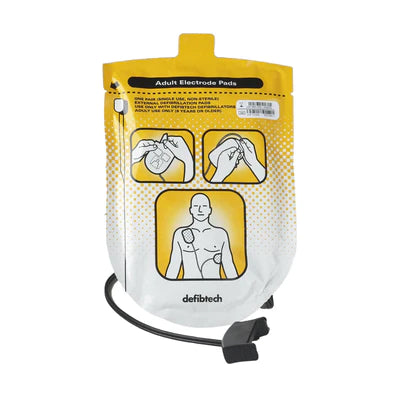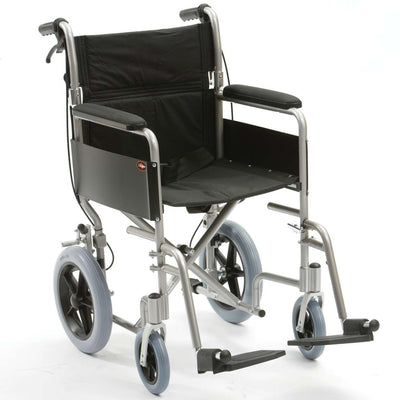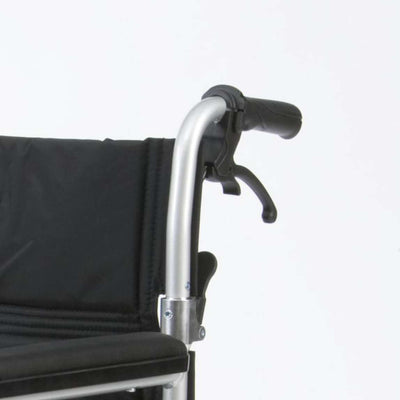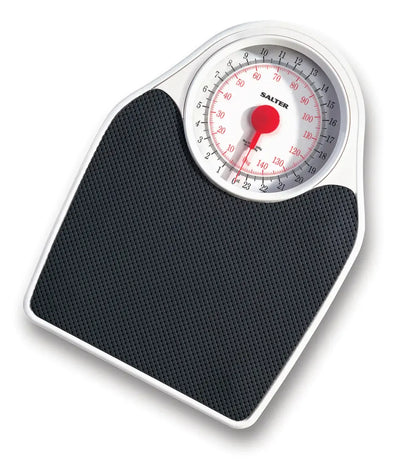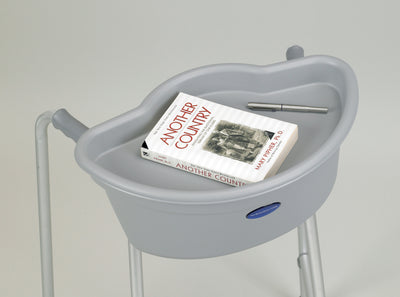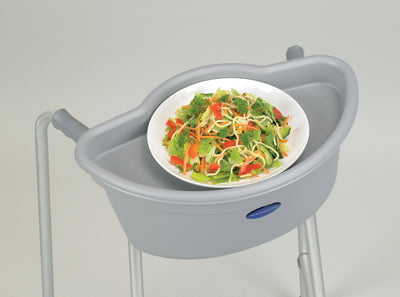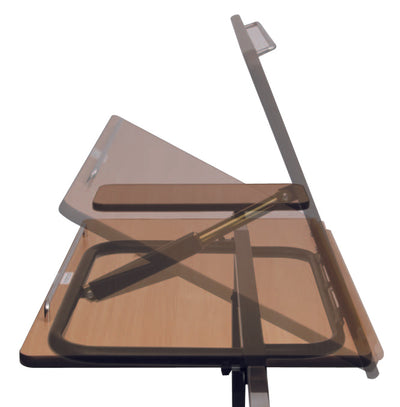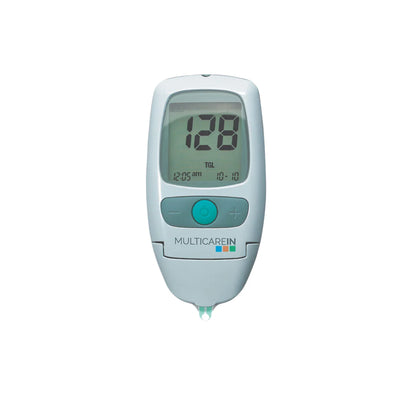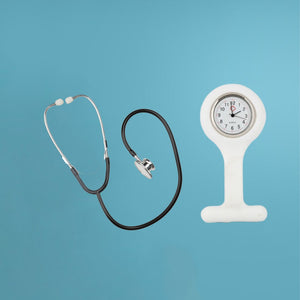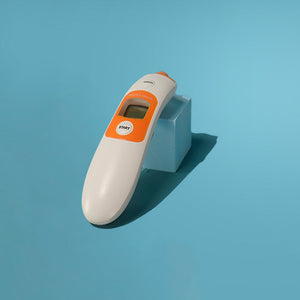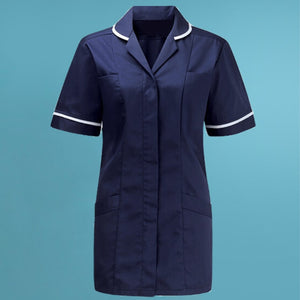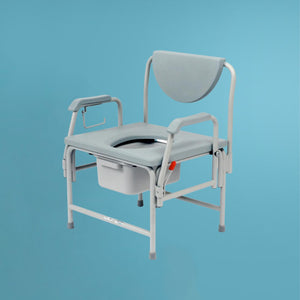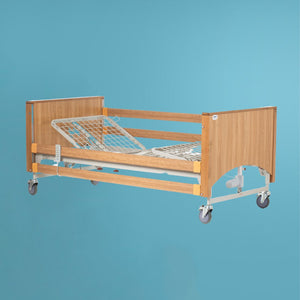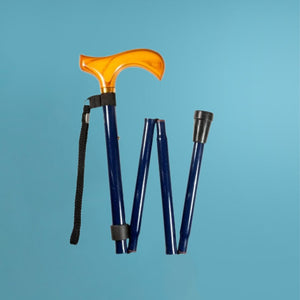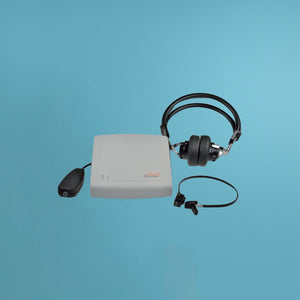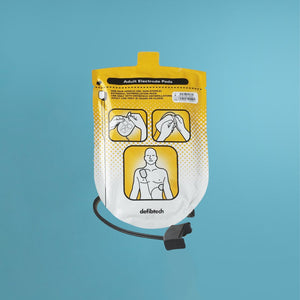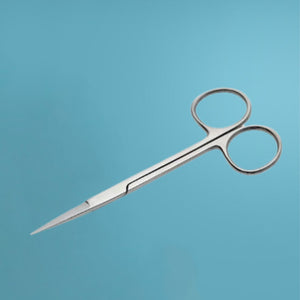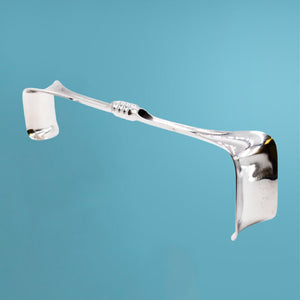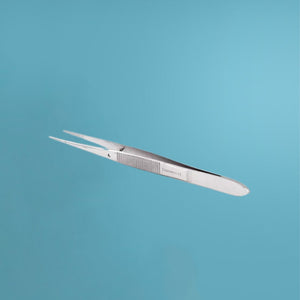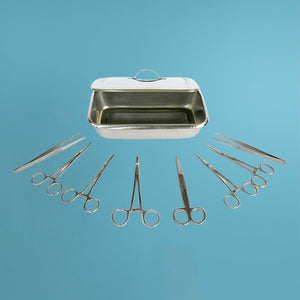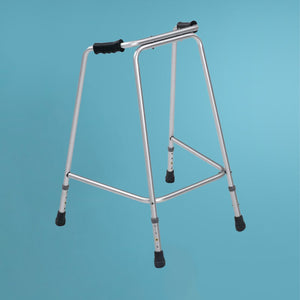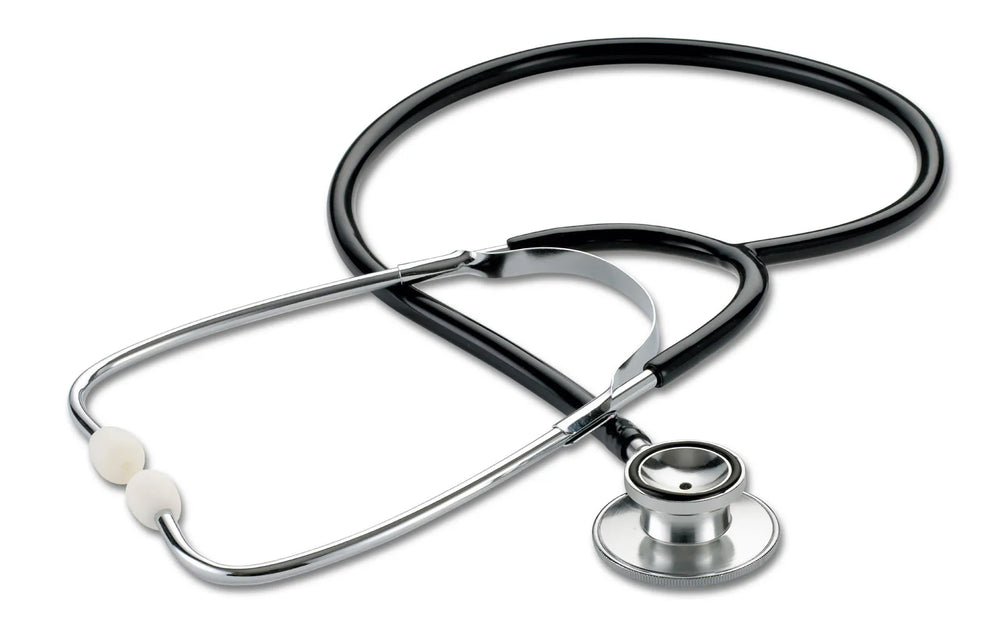Stethoscope 101: Detecting Body Fluids
A stethoscope is a medical device used by healthcare professionals to listen to the sounds produced by the body. It is commonly used to detect heart, lung, and bowel sounds. However, did you know that it can also be used to detect different types of bodily fluids?
Fluid in the Lungs: Pleural Effusion
One of the bodily fluids that can be detected using a stethoscope is pleural effusion. Pleural effusion is the buildup of fluid in the space between the lungs and the chest wall. When a healthcare professional listens to the chest with a stethoscope, they may hear a dull sound, which can indicate the presence of fluid in the lungs.
Fluid build-up in the Abdomen: Ascites
Another bodily fluid that can be detected using a stethoscope is ascites. Ascites is the buildup of fluid in the abdomen. When a healthcare professional listens to the abdomen with a stethoscope, they may hear a shifting or "splashing" sound, which can indicate the presence of fluid in the abdomen.
Fluid in the heart: Pericardial Effusion
Pericardial effusion is another bodily fluid that can be detected using a stethoscope. Pericardial effusion is the buildup of fluid in the sac surrounding the heart. When a healthcare professional listens to the heart with a stethoscope, they may hear a muffled or distant sound, which can indicate the presence of fluid around the heart.
A stethoscope can be a useful tool for detecting different types of bodily fluids. Healthcare professionals can listen to the sounds produced by the body to determine the presence of fluid in the lungs, abdomen, or around the heart. It is important to note that a stethoscope should not be used as the sole method of diagnosis, and other diagnostic tests may be necessary to confirm a diagnosis.


